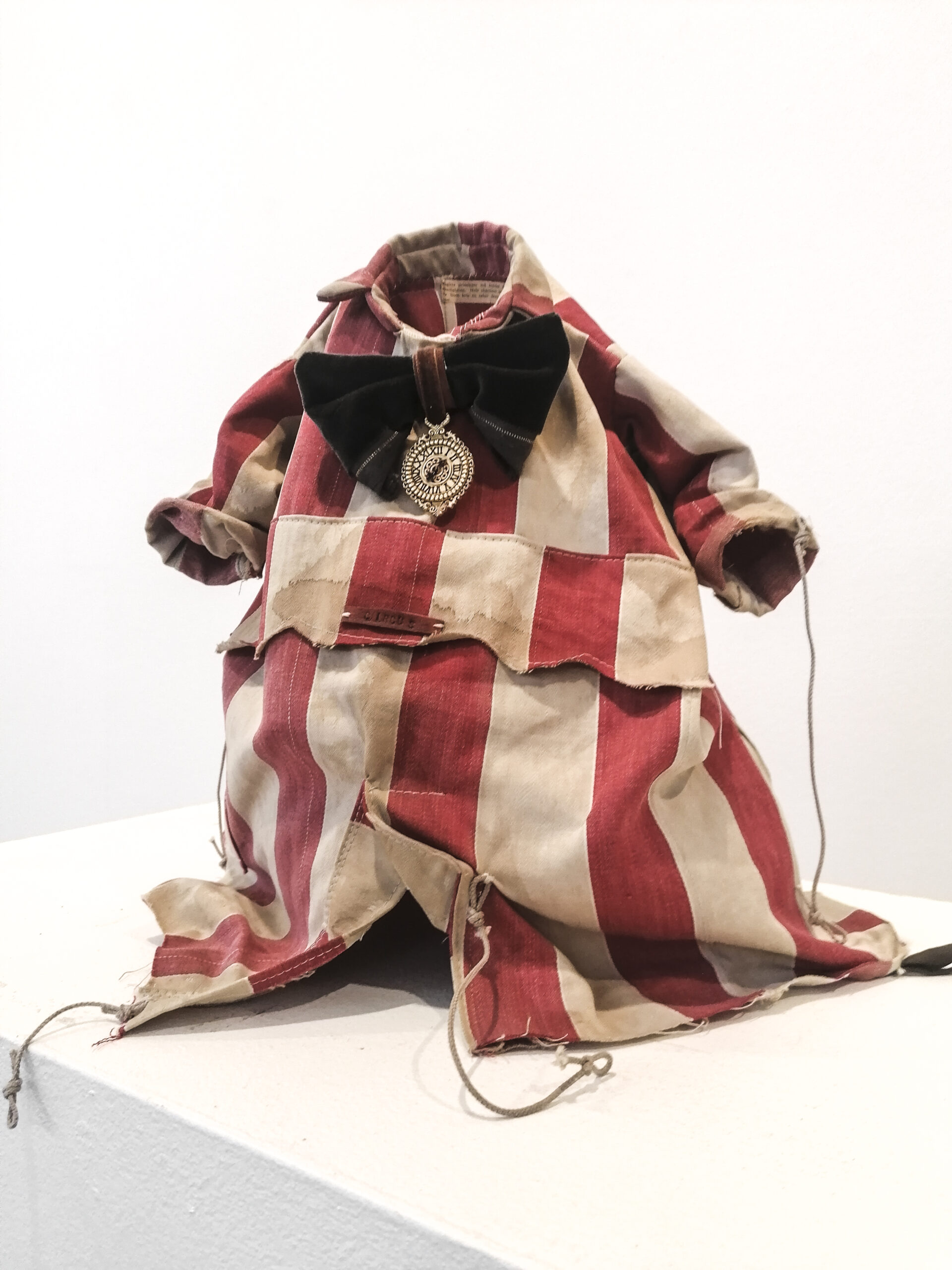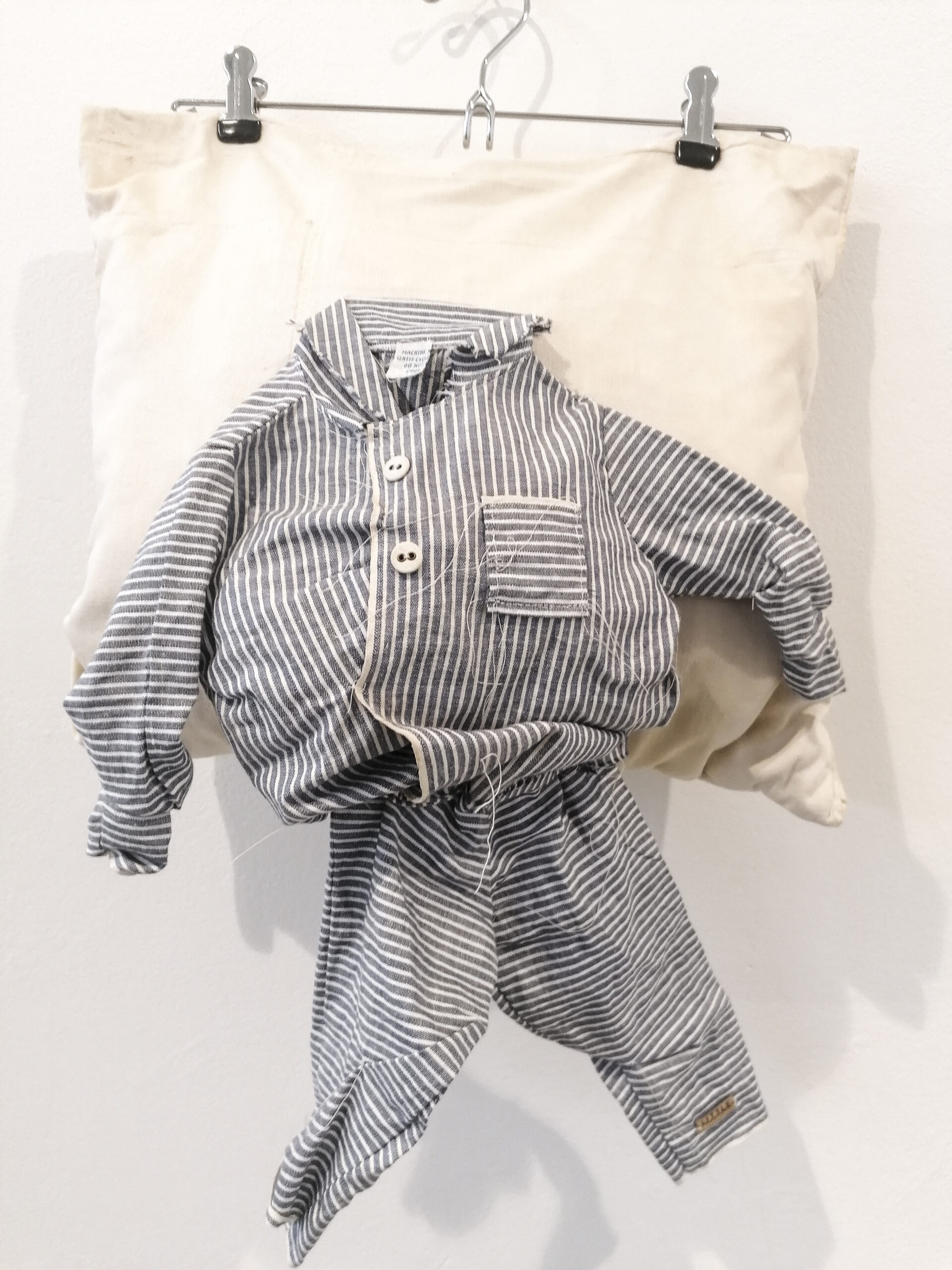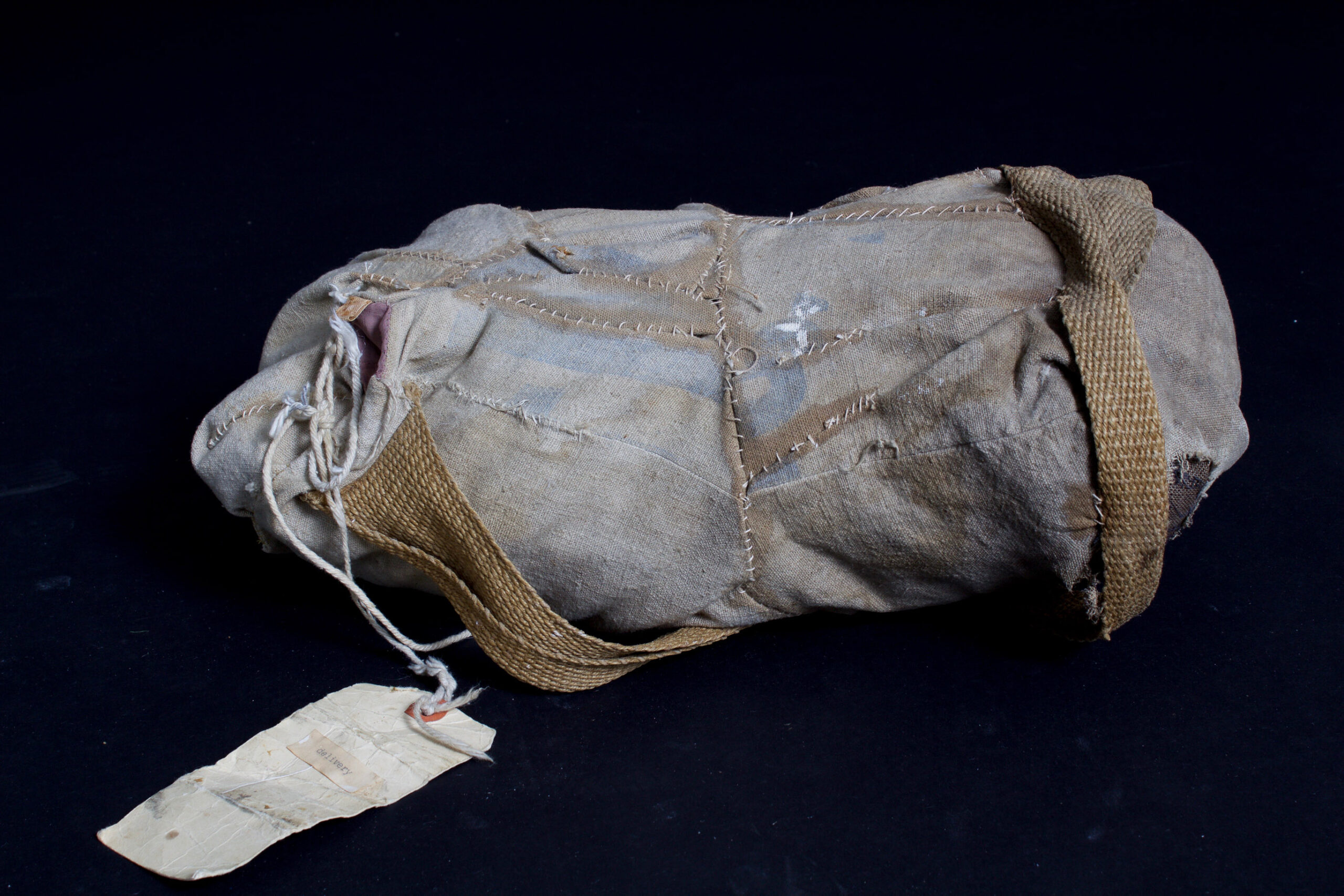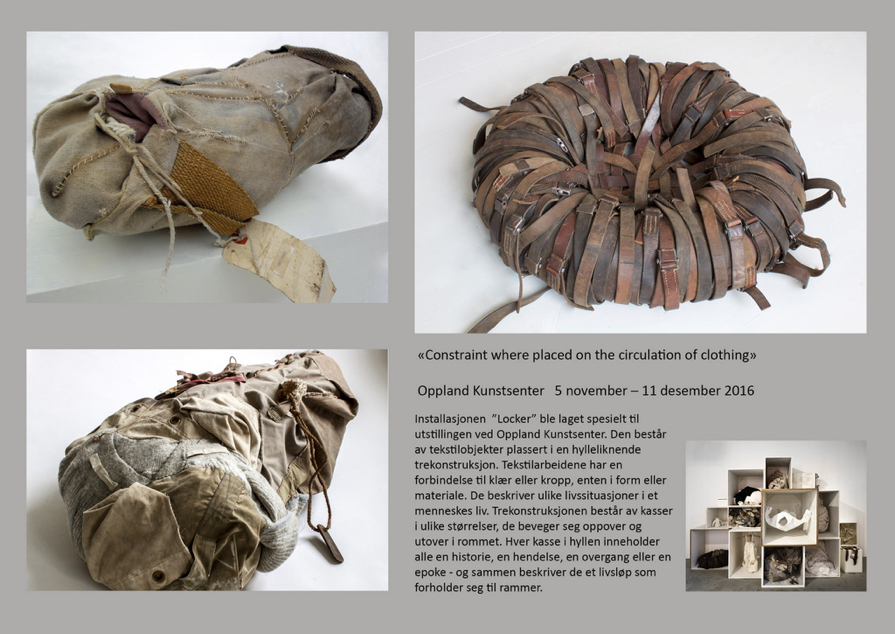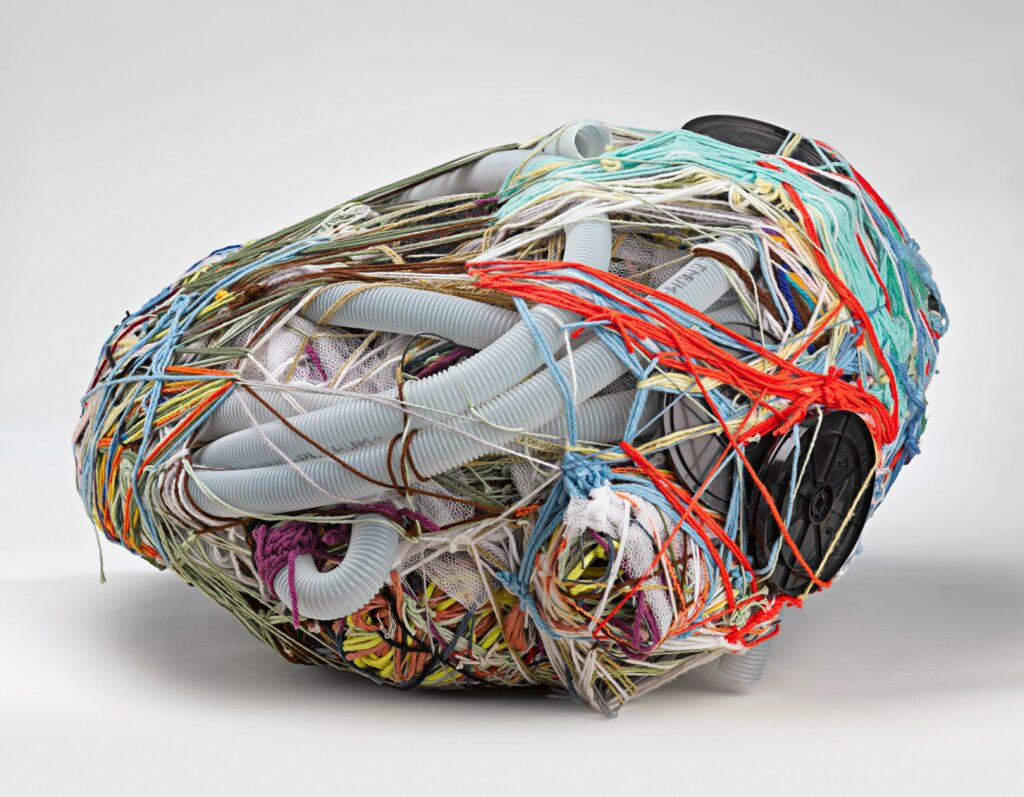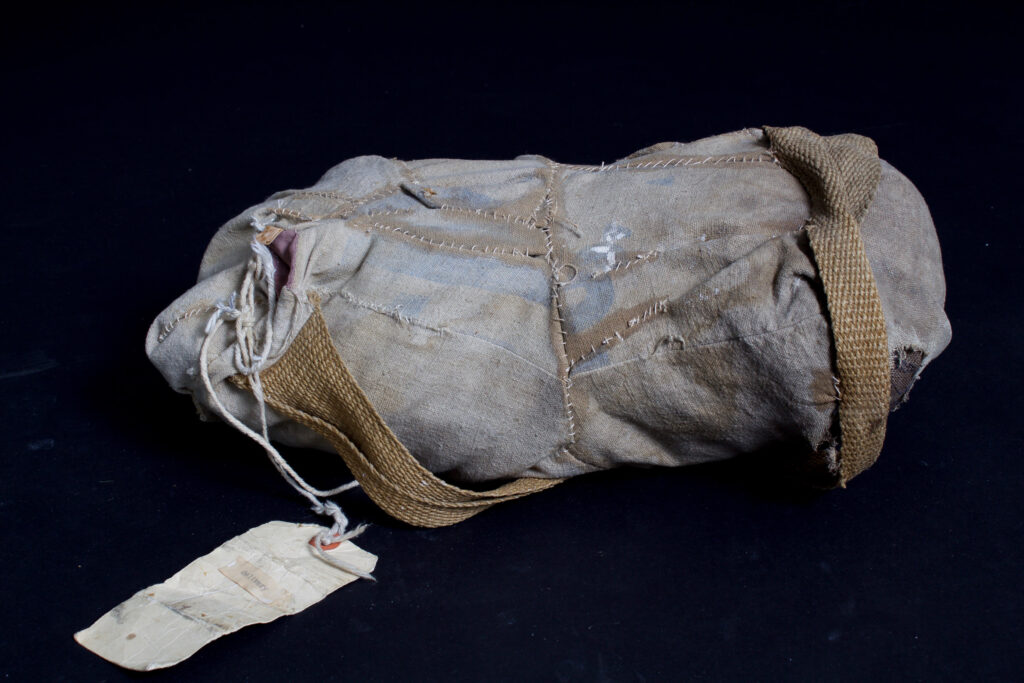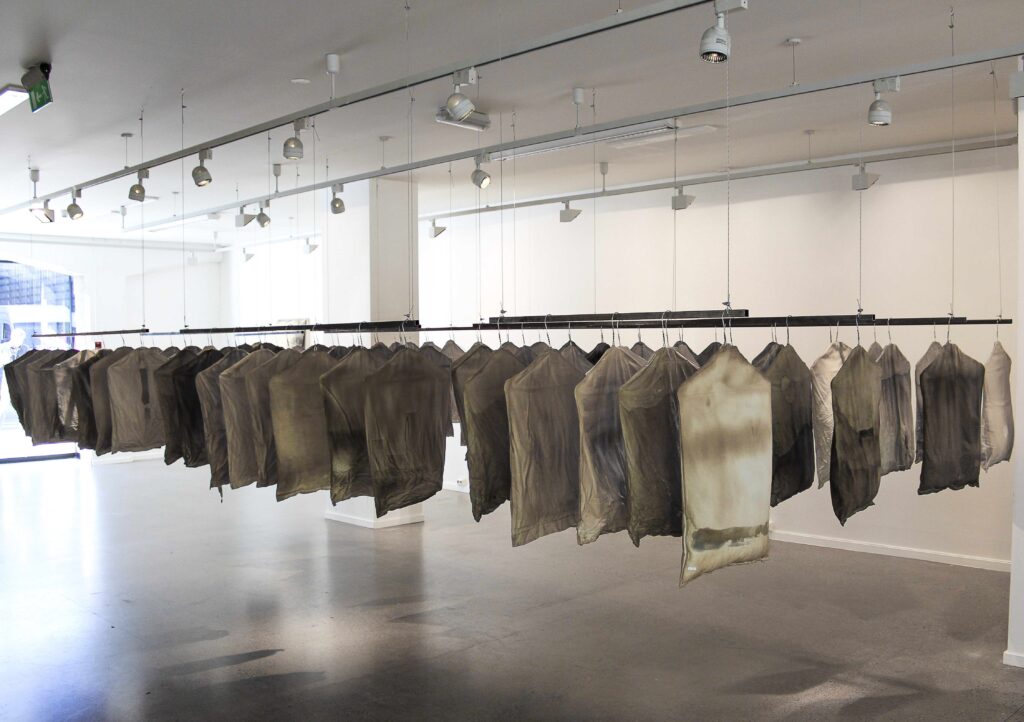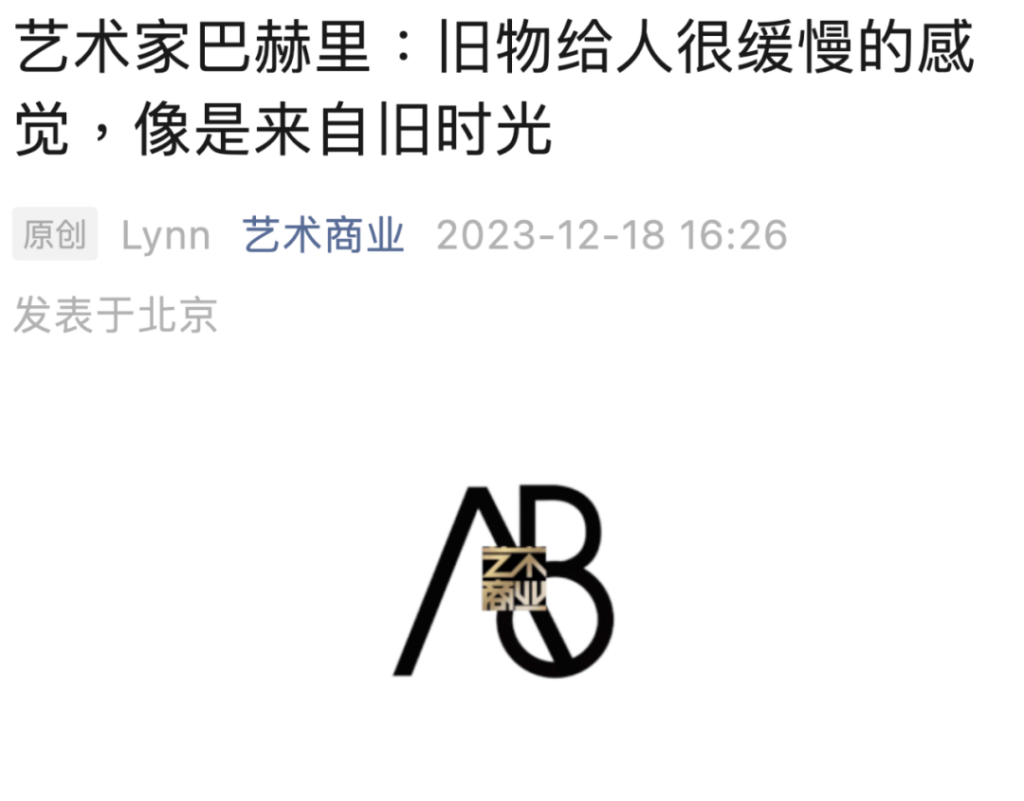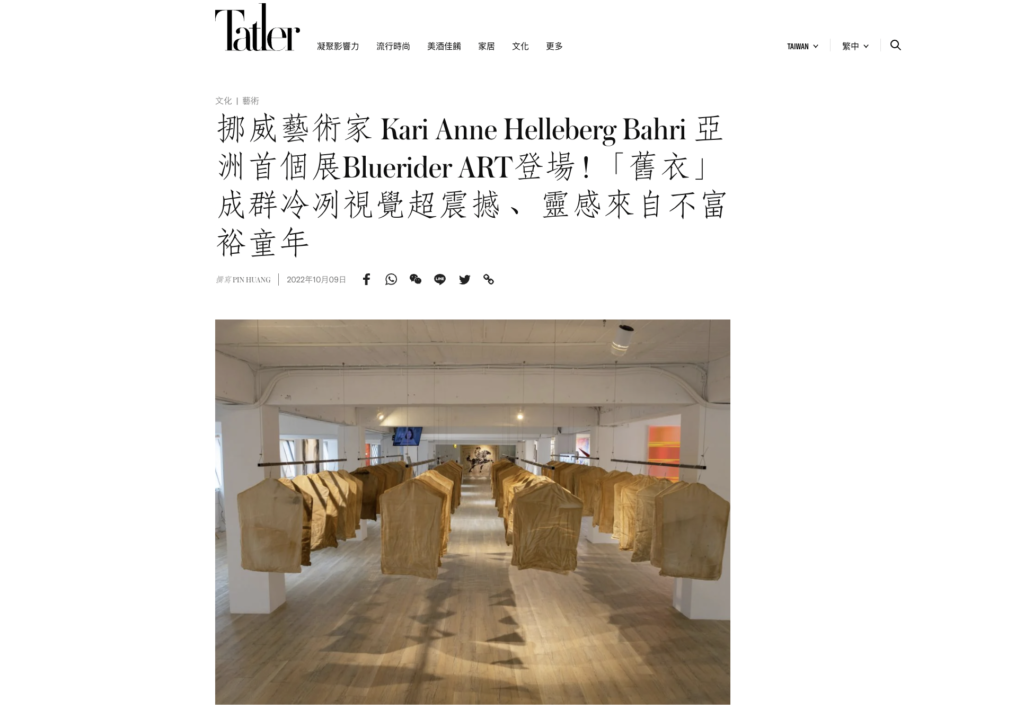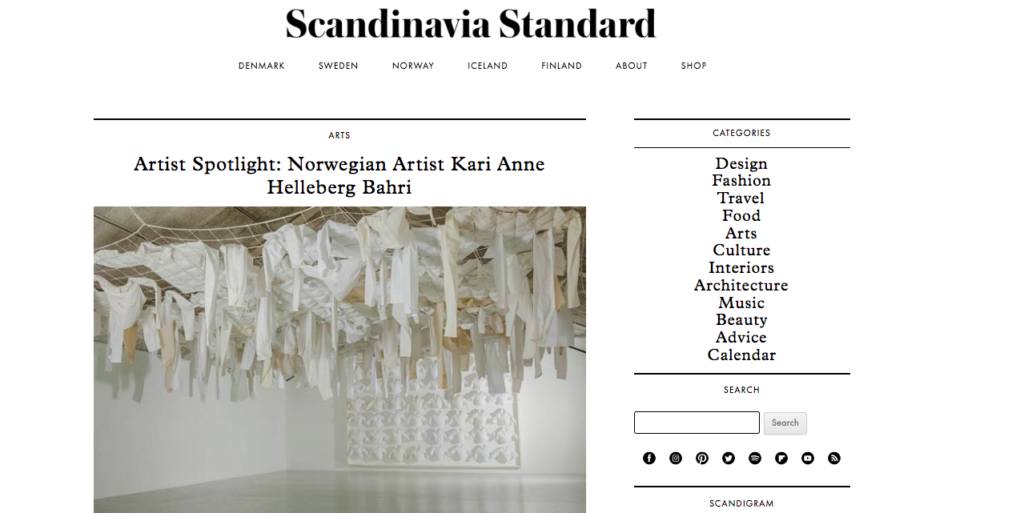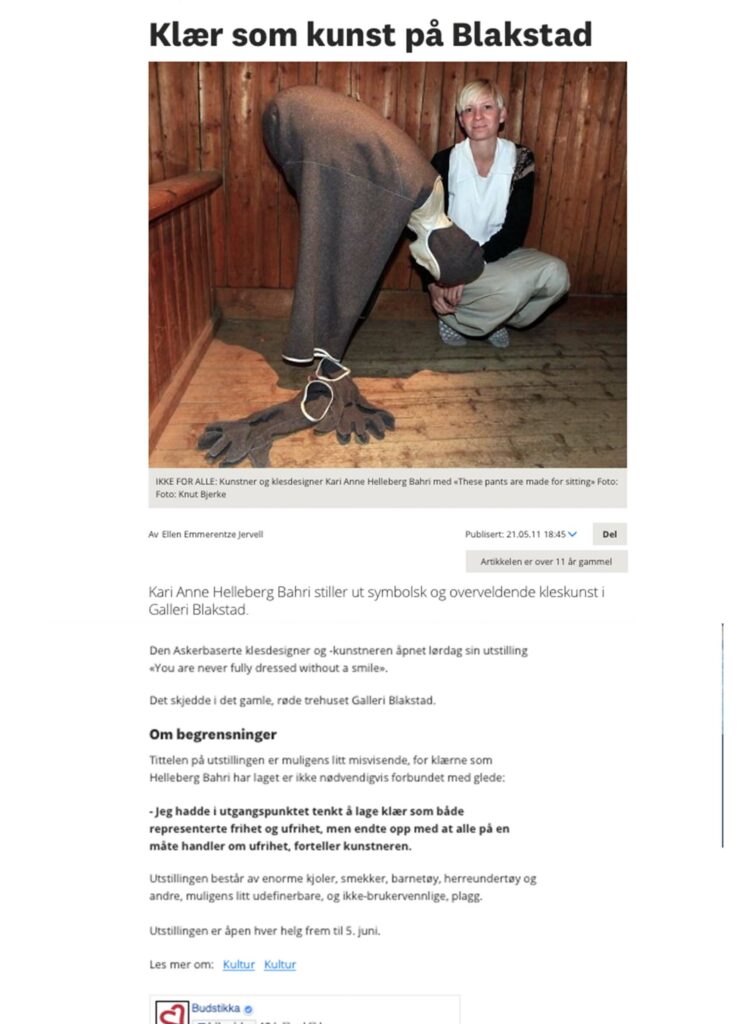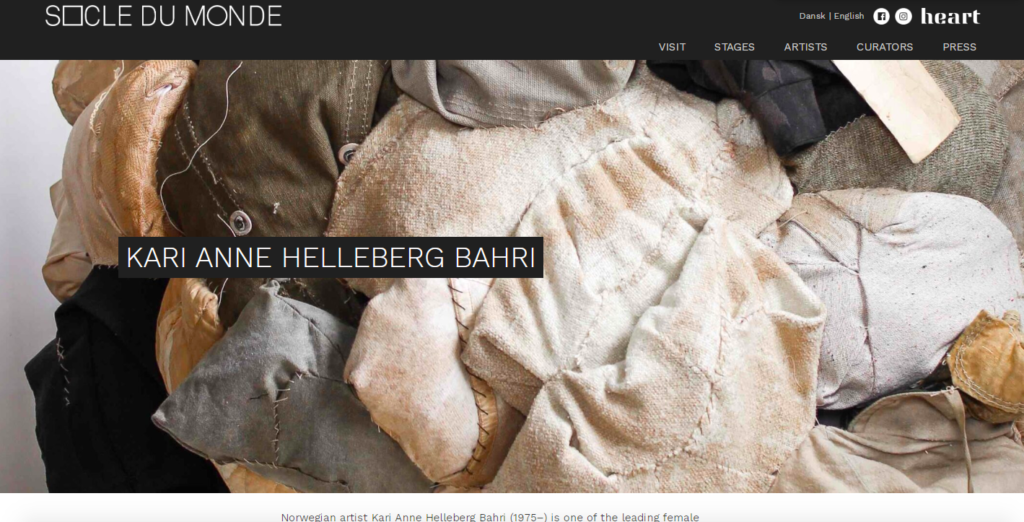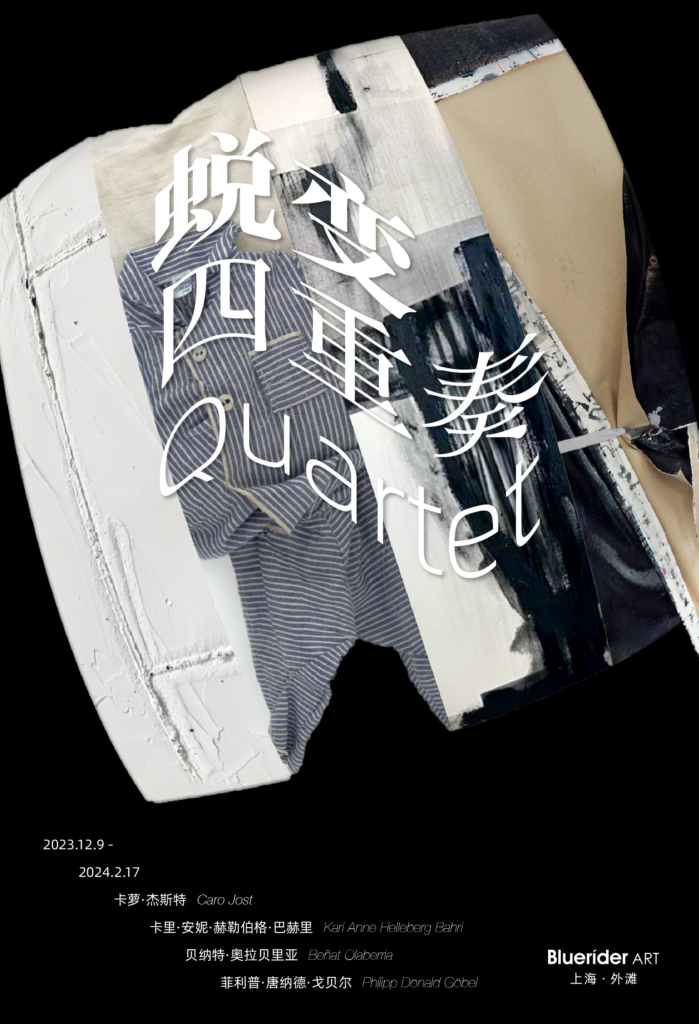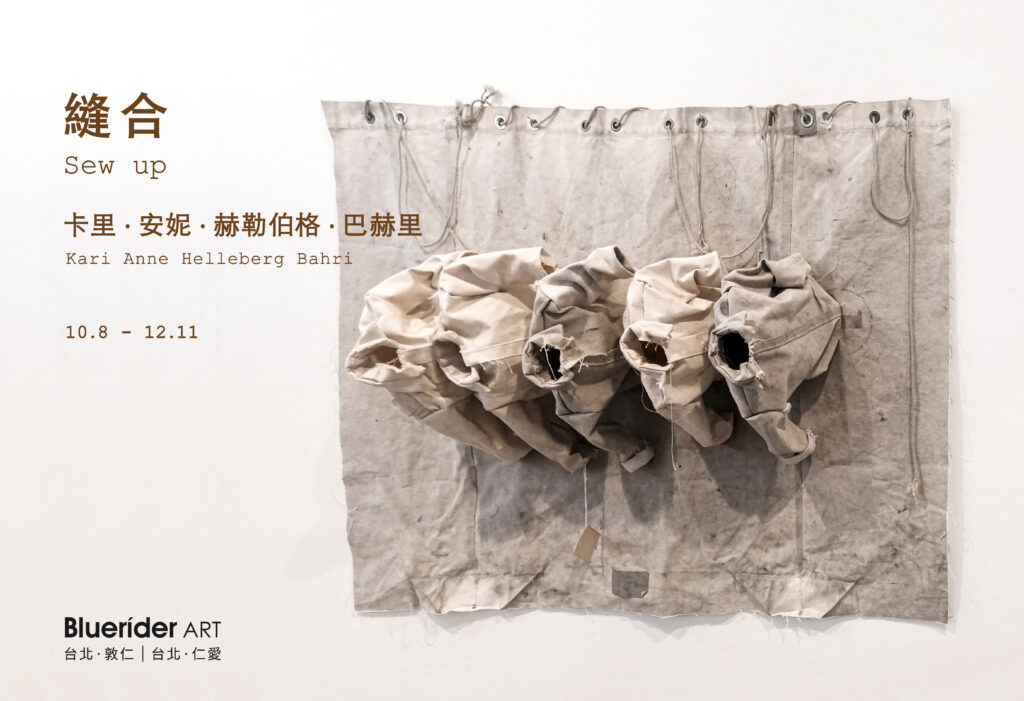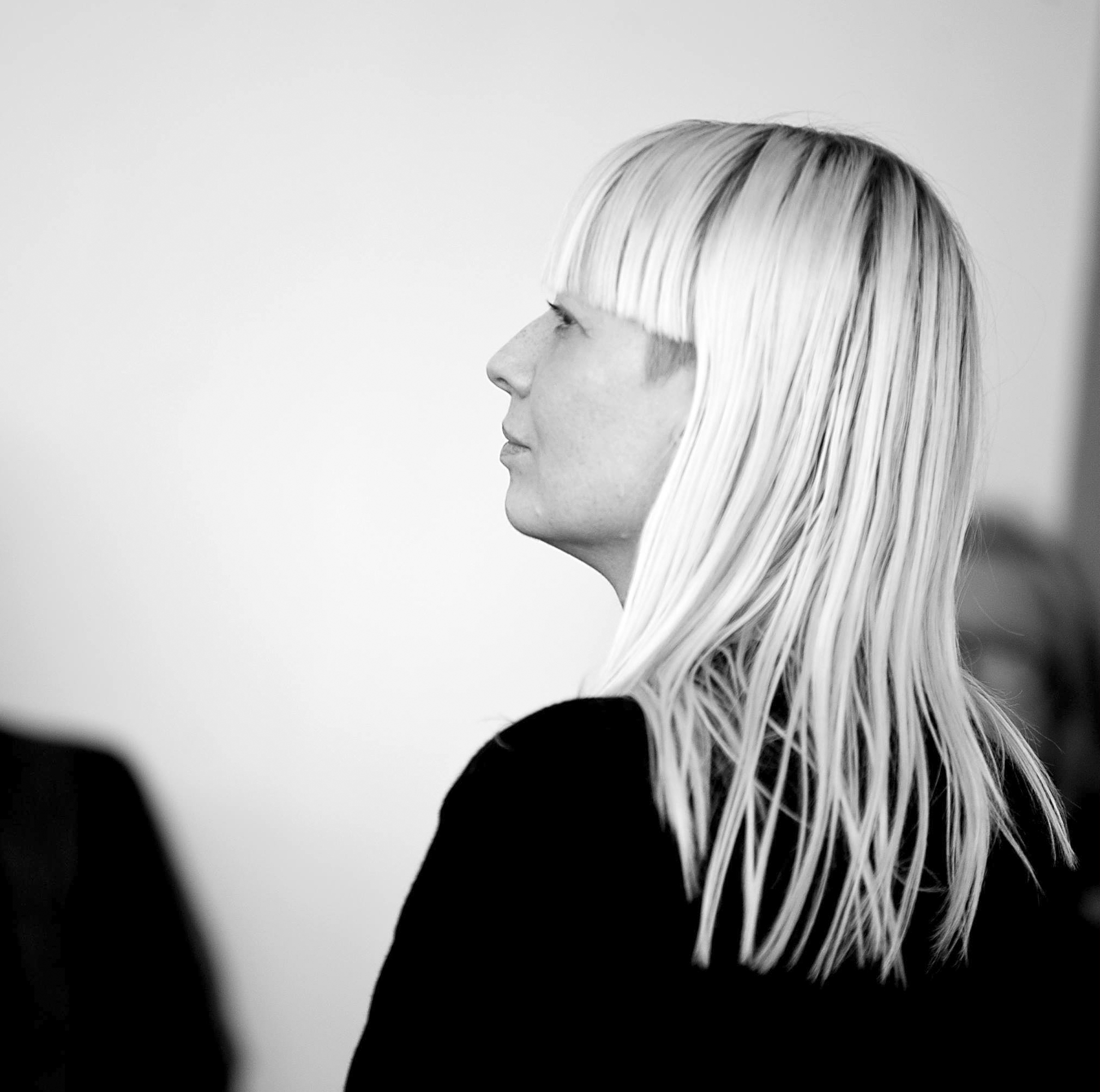

(Norway, b. 1975)
Kari Anne Helleberg Bahri (Norway, b.1975), graduated from the National Academy of Arts in Oslo. Growing up in an environment full of creativity in childhood, Kari Anne escaped from the typical Norwegian minimalist style, inherited the melancholy and cold temperament of Northern Europe, using old clothes, rags, and fragments of fabrics, restitched them and created her own language in textile art. Focusing on the theme of limitations, expectations, regulations, and isolation, these are the subject the each individual confront in the collective society. Kari Anne had exhibited in Kunstmuseet Nord Trøndelag, Danubiana Meulensteen Art Museum in Norway, and Socle Du Monde Biennale in Denmark. Her works are permanently collected by Kongsberg Municipality, Den Norske Husflidforening and many other important institutions.

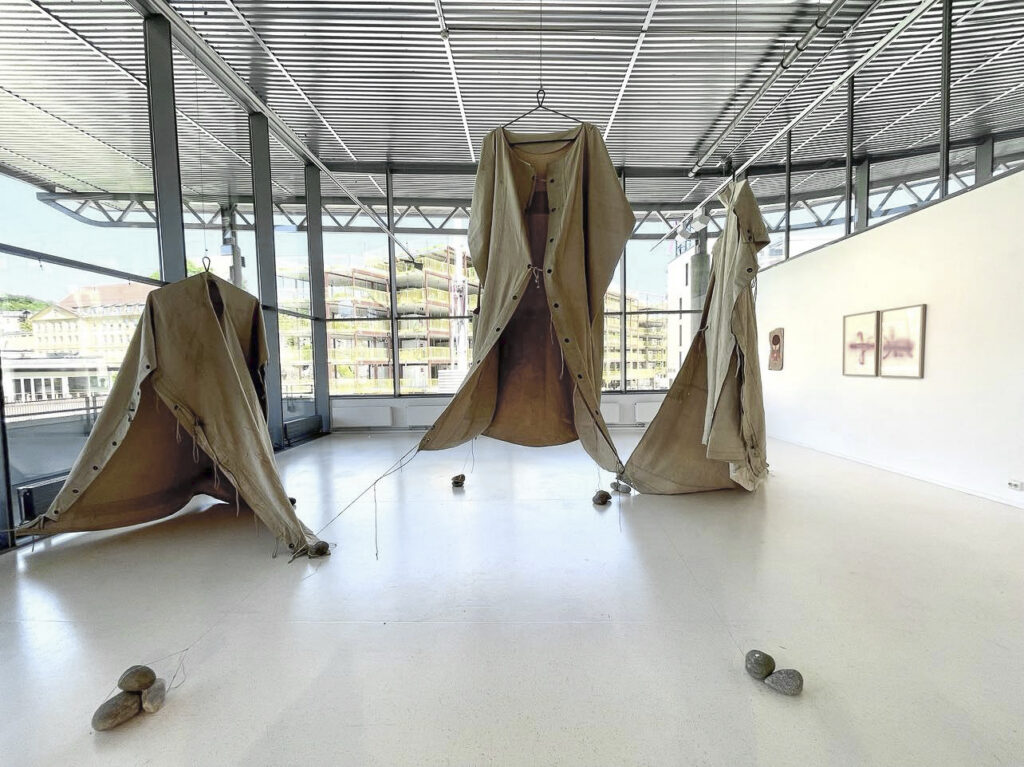
2022 Sørlandsutstillingen, Annual exhibition for the southern region, Norway. 
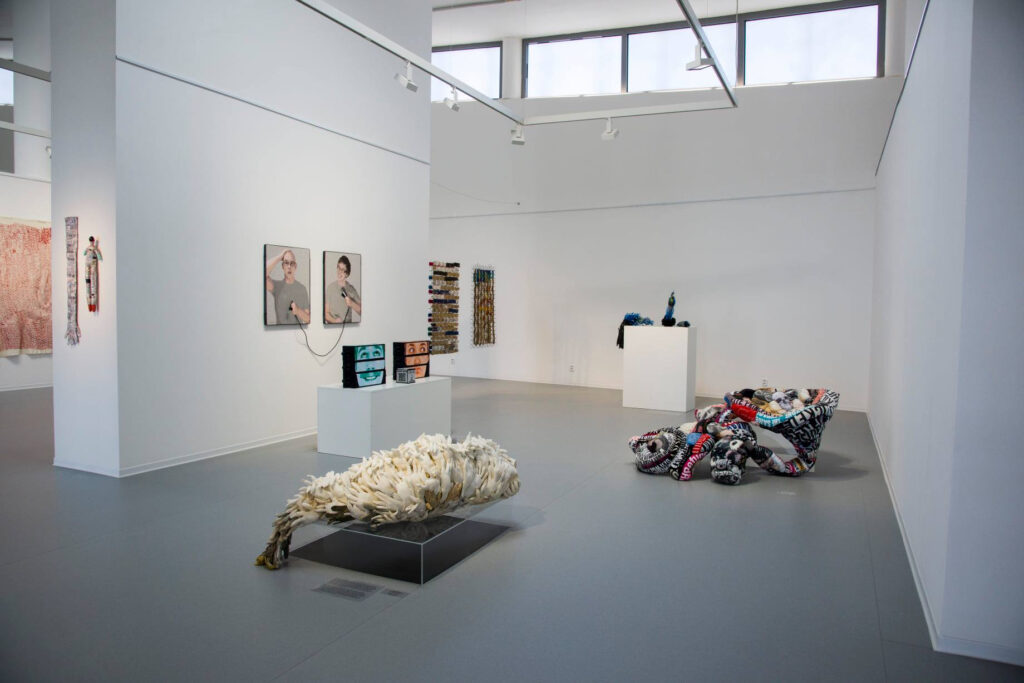
2021/2022. Danubiana Meulensteen Art Museum, 6th “Textile art of today” , triennale , Slovak Republic, Hungary & Polan


2021 Socle Du Monde Biennale, Herning, Denmark 
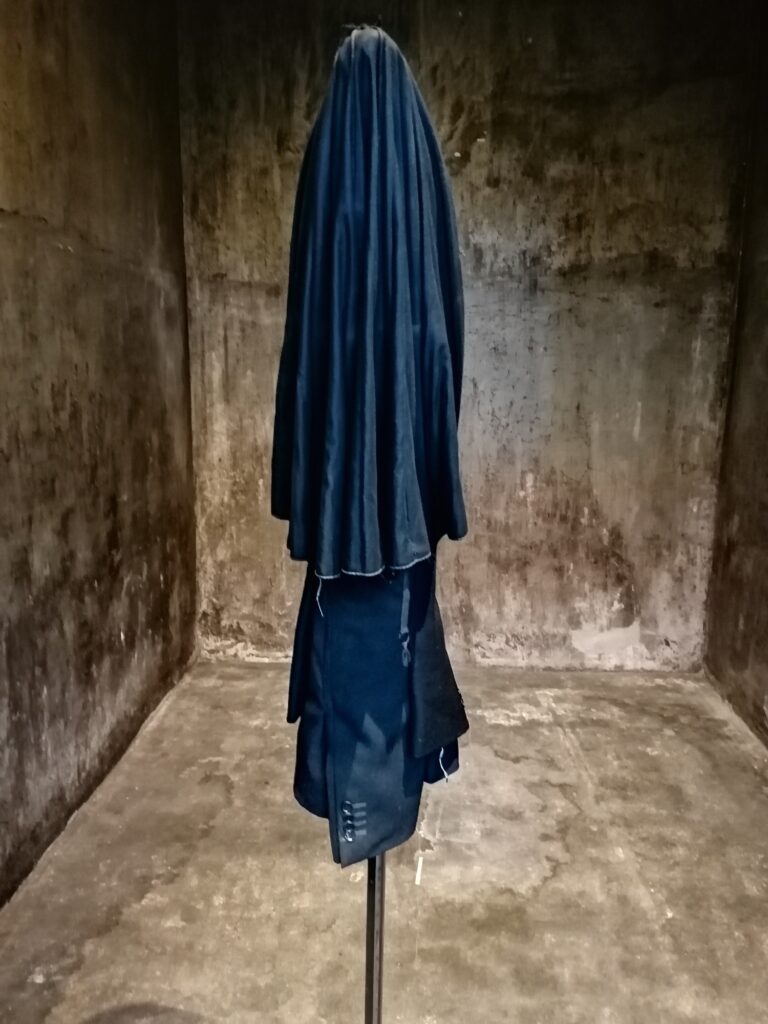
2021 Socle Du Monde Biennale, Herning, Denmark

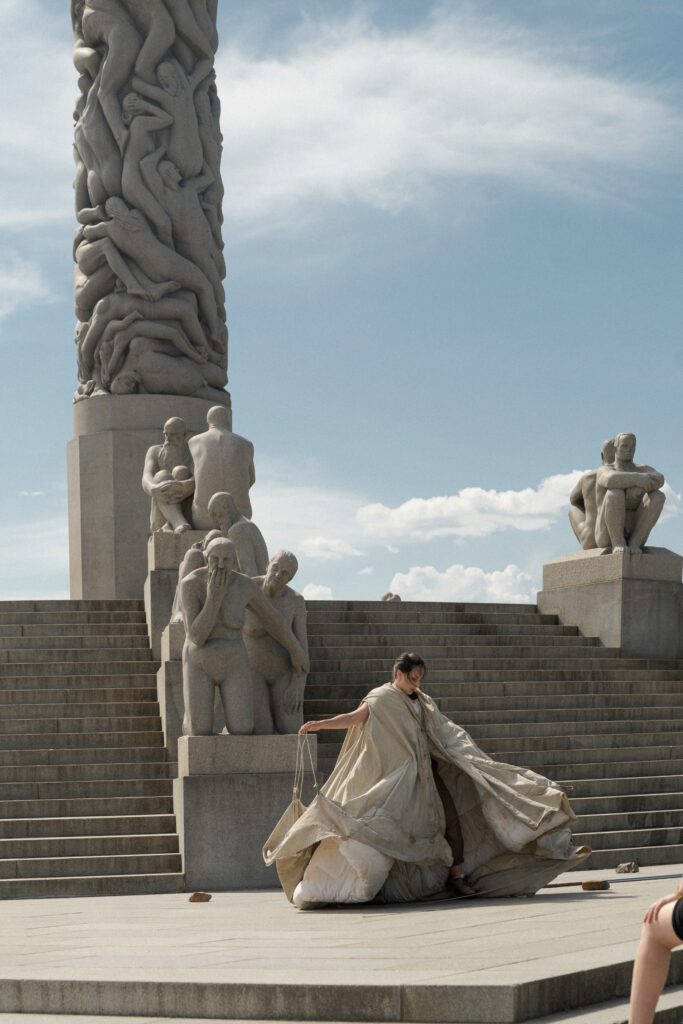
Collective Oslo, performance The Vigeland Park 
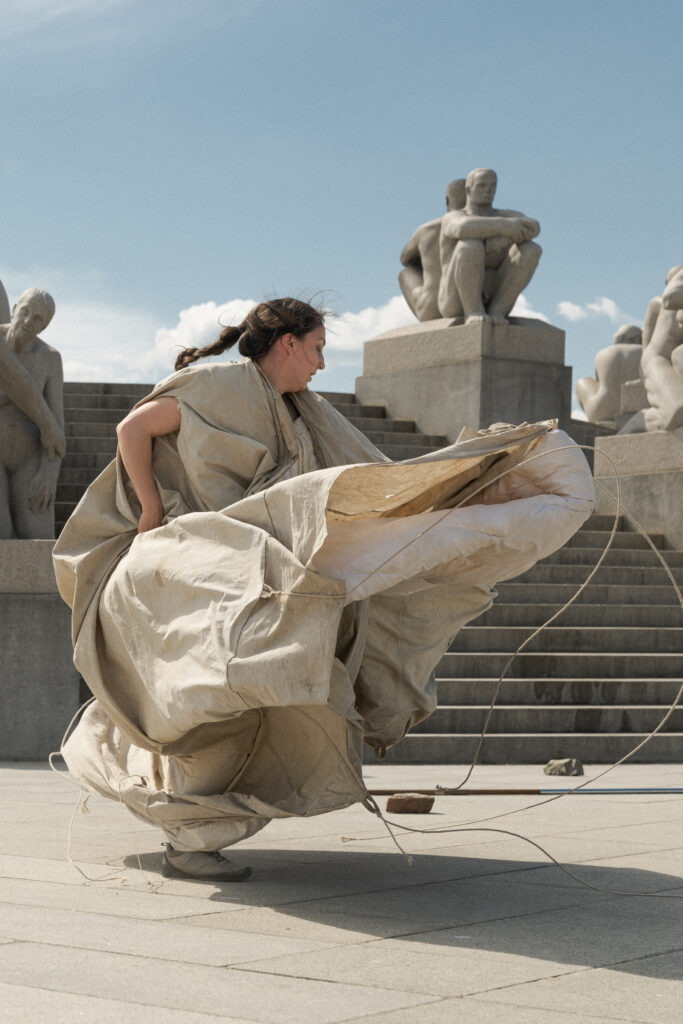
Collective Oslo, performance The Vigeland Park

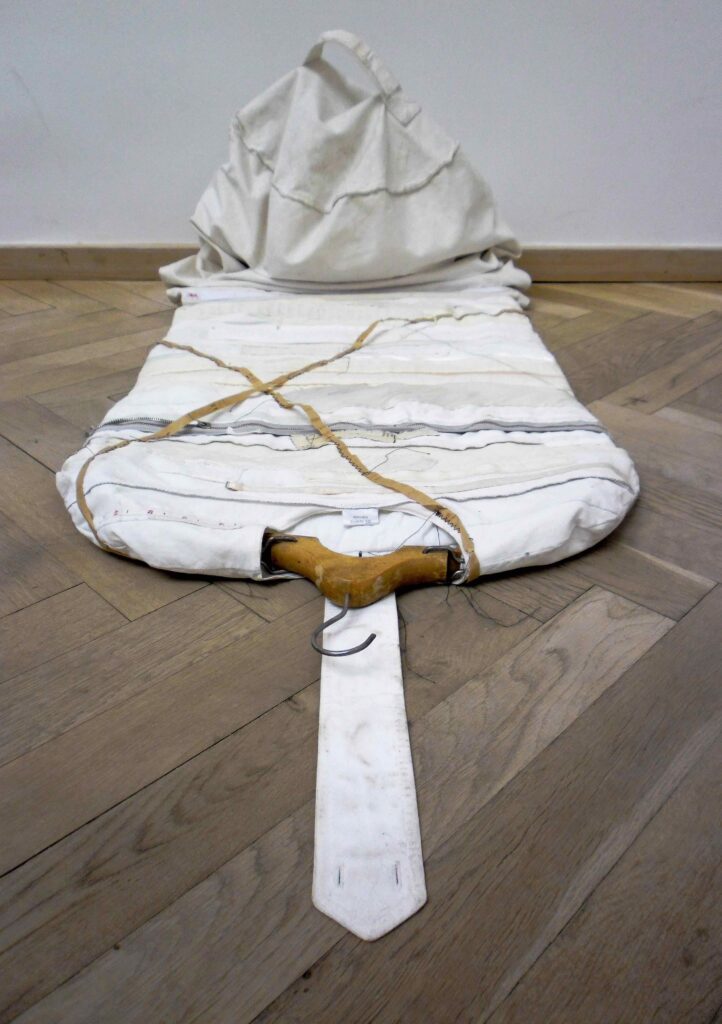
2020 Royal Society of Sculptors Summer Exhibition , London, UK 
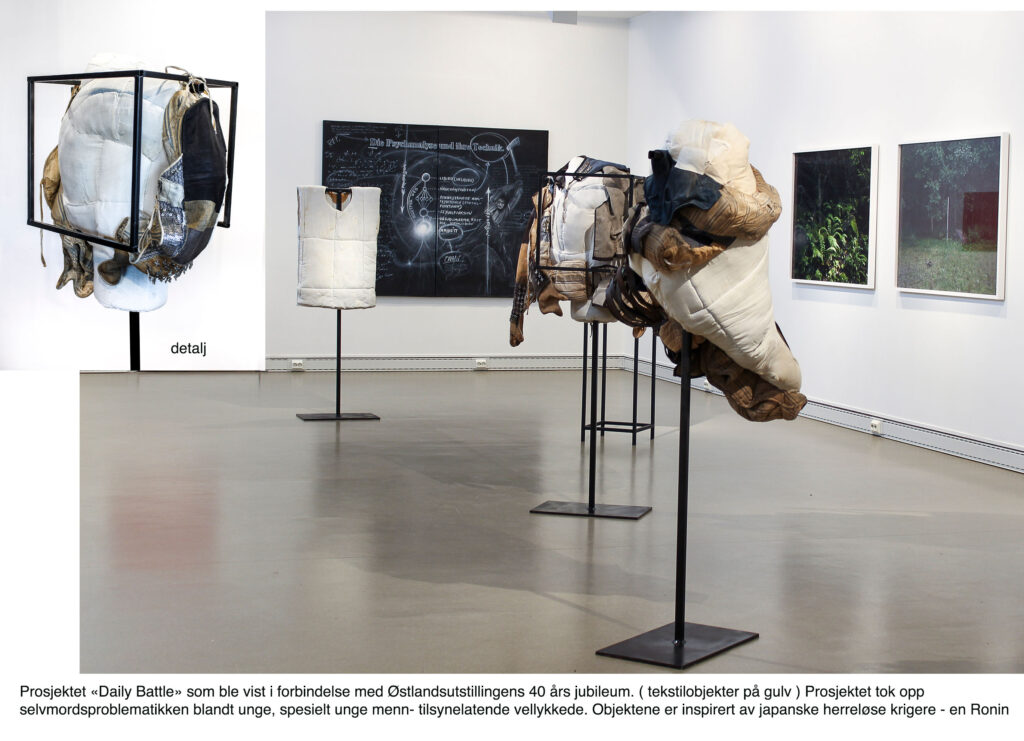
2019 “Østlandsutstillingen 40 år” Kongsberg Kunstforening ,Konsberg

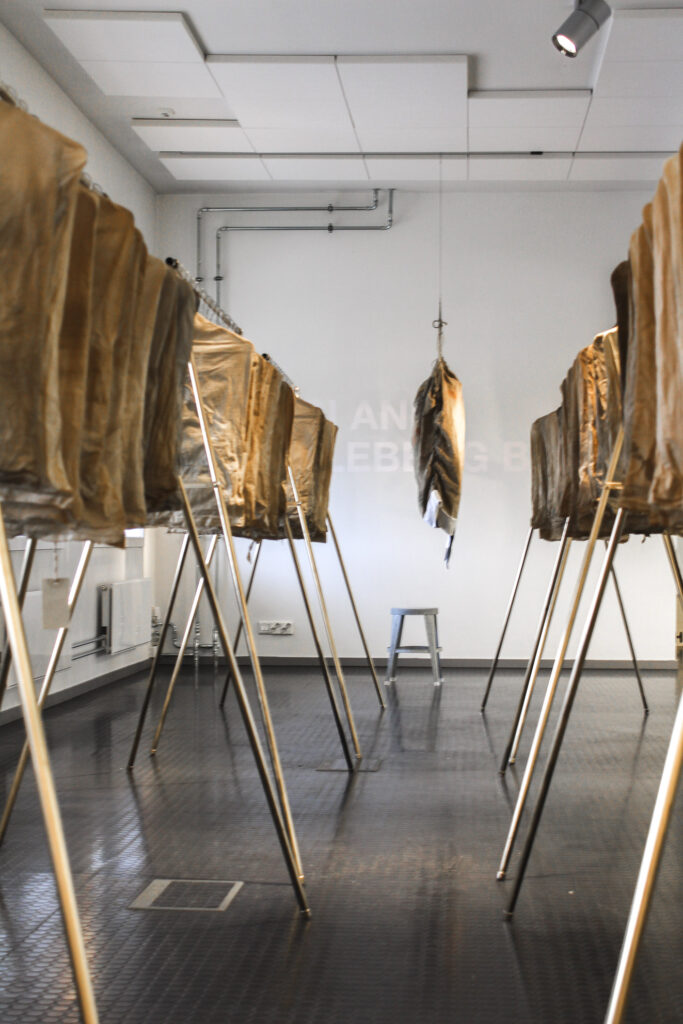
2017 Uncontaminated, Mellomstasjonen, The National Museum 
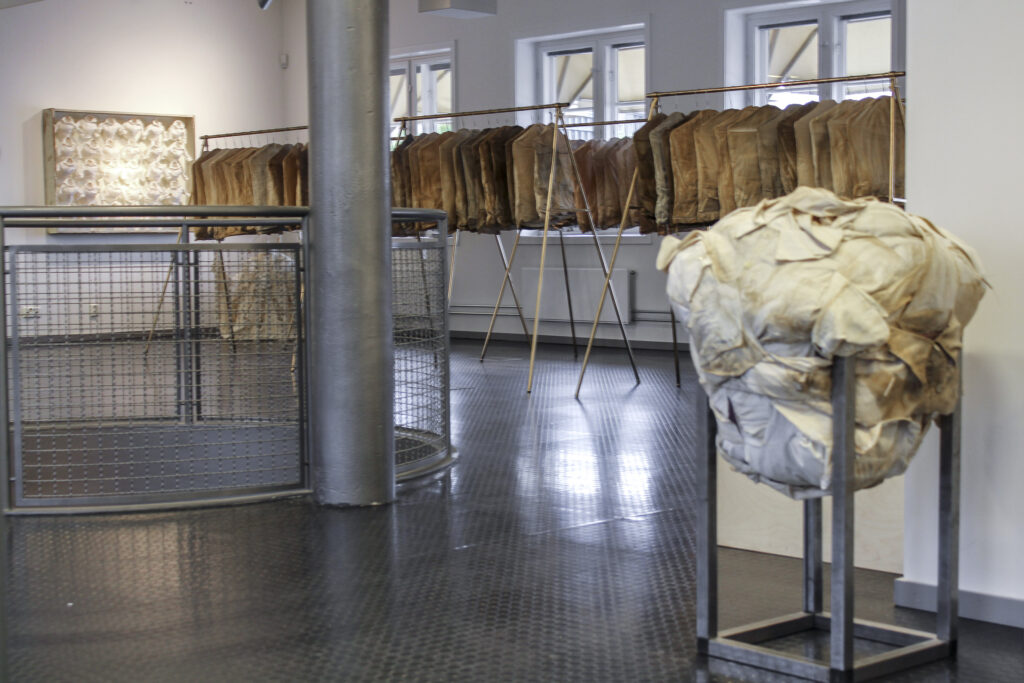
2017 Uncontaminated, Mellomstasjonen, The National Museum
Kari Anne Helleberg Bahri's childhood came from a poor family. Her mother, a tailor, often used old clothes and other easily available fabrics to create designs, transforming decay into magic, which deeply influenced Bahri's interest in fabrics. The untimely death of her father left her in isolation, silence, self-doubt, and a feeling of being trapped in her own body. Through the process of creating by weaving, patching, and sewing together fabric scraps, she found a way to express herself. Her mother's inspiration as a medium and her father's imagery frequently appear in her creative content. She once said: "I use clothes and fabrics as a language of communication to liberate their function of packaging the body." Fabrics are materials with warmth. Clothing, as an object to cover the body, has the most intimate contact with personal skin. Once it is new, After clothing is worn, it is no longer in a new state. A person's mental state and emotions will leave traces of time on the clothing. It is a private dialogue with oneself, and it is also an individual's external image of himself in society.
Bahri makes good use of hand sewing methods and spends a long time with the collected fabrics to explore the details of the fibers.Using natural materials such as cotton, linen, and wool, Bahri often chooses white or neutral colors for presentation. She believes that art often reflects the heavier aspects of life. The use of neutral colors allows the artwork to be free from the influence of either pleasant or sad emotions. It liberates the confined body, transcending the limitations of self-imposed constraints and thereby creating a unique life story.Using weaving thread as a paintbrush, her creations explore issues such as Limitations, Restrictions, Expectations, and Isolation in current society. Through the reinterpretation and recreation of the chaos, abandonment, flaws, decay, and imperfections of ready-made objects, she allows viewers to escape from their own circles. , reflect on the memory experience from an objective position, and from this position stimulate the process of self-dialogue, identification, and compromise of "who I was in the past," "who I am in the future," and "who I can be."
In the textile art of the 20th century, artists used the toughness of fibers and the intimacy of fabrics to connect the body to express their own positions and differentiate themselves from traditional weaving techniques. Anni Albers, a German-American artist, was the first to break the boundaries between art and craft. She used the characteristics of fabric fibers to incorporate natural materials, synthetic threads, and metal plastics into tapestries to study the geometric layout and composition of the picture balance.American artist Judith Scott is renowned for her use of textile wrapping to create a series of everyday objects. The linear, entwined forms suggest a process that alludes to rituals and games.Contemporary Japanese artist Chiharu Shiota uses installations composed of wool and ready-made objects to guide viewers to experience the journey of life and completely record the fear of death.Kari Anne Helleberg Bahri's works, in contrast to representing the individual experience of life through weaving, involve old fabric traces, hand-sewn threads, and stitching together fragments of time. Her art serves as a counterforce against the societal values impacting individuality, offering a more profound and nuanced interpretation.
Kari Anne Helleberg Bahri uses Textile art as a storytelling medium. On the surface, she manipulates chaotic elements such as rags, fabrics, threads, and fragments. In fact, she deeply dissects the memory temperature felt by clothing traces and the psychology hidden in the profound inner world. State, through creation, she presents a microcosm of human nature with emotions of joy, anger, sorrow, and joy. Her art is a critical reconciliation, and it is also a concern for the depths of the soul.
Solo Exhibitions
2022 “Re fleksjon” Siloen, Drammen, NO 2020 “Overcover – Undercover”The Nordic House in the Faroe Islands, Torshavn, FAROE ISLANDS
2019 Anniversary exhibitor, Buskerud,Østlandsutstillingen (annual exhibition of the eastern region) 40 years anniversaryKongsberg Kunstforening, NORWAY
2018 “Jeg kler meg/ergo er jeg?” Group show+ solo show going on tourKunstvisitten, Akershus Kunstsenter, Lillestrøm, NORWAY
2017 “Uncontaminated 2017” Art and Fashion Festival, Mellomstasjonen/The National Museum,Oslo, NORWAY
2016 “Constraint where placed on the circulation of clothing” Oppland Kunstsenter, Lillehammer, NORWAY
2016 “Inside – Extra” Buskerud Kunstsenter, Drammen, NORWAY
2016 “Surgo”Kunstparken, Risør, NORWAY
2015 “Close(d)”Bærum Kunsthall, projectroom, Fornebu, NORWAY
2015 “Modify”Kongsberg Kunstforening, NORWAY
2015 “Needless” Trafo Kunsthall, projectroom, Asker, NORWAY
2015 “Procrustesbed” Det Gule Huset, Nesbru, NORWAY
2014 “Caught in the web” Ram Galleri, Oslo, NORWAY
2014 Kunstløa, Nome county, NORWAY
2013 “Uncustomized” Kunstmuseet Nord Trøndelag,NORWAY
2012 “Living in a box”display cases in the city Sandvika,Bærum,NORWAY
2011 display cases at Oslo Bussterminal, Oslo,NORWAY
2011 “You are never fully dressed without a smile”Galleri Blakstad, Asker,NORWAY
Group Exhibitions
2023 “Quartet”, Bluerider ART, Shanghai, CN
2022 “Sørlandsutstillingen 2022. Bølgenkulturhus, Lindtvedske Hus, and Ibsenhuset, NO
2021 «Welcome back my friends to the show that never ends» curatorTijs Visser 8th«Socle du Monde» Herning, DK
2021 “stipendiatutsstilling” Kunstparken Risør,NO
2020.”Summer Exhibition” Royal Society og Sculptors Dora House, London, UK
2019 «Sommerutstilling 2019 » Buskerud Artcenter, Drammen, NO
2017 «Uncontaminated 2017» art & fashion festival Mellomstasjonen
2017 «Telemarksutstillingen» Ibsenhuset,Skien & Kragerø, NO
2017 «Sommerutstilling 2017» Buskerud Artcenter, Drammen, NO
2015,17, 20 «Stipendutstilling» Buskerud Bildende kunstnere Buskerud Artcenter, Drammen, NO
2014 «The wearable art show» regi, Kreutzberg pavillon, Berlin Knipsu, Bergen, NO
2014 «Stipendutstillingen» Agder Artcenter, Kristiansand;NO
2014 «Det potensielle rommet» former Dikemark Hospital, Asker, NO
2014 «In a lonely place» Art Museum KUBE, Ålesund,NO 2014 «Østlandsutstillingen 2014» (annual exhibition of the eastern region) Kunstbanken Hedmark, Buskerud
Artcenter & ØKS, NO
2014 «NOoSPHERE Arts’3rd Anniversary Show & Benefit Auction» NOoSPHERE Arts, New York City, USA
2013 «The Spring Exhibition 2013» Kunsthal Charlottenborg, Copenhagen, DK
2013 «Craft 2013” The Nasjonal Museum of Art, Architecture & Design , NO
2013 «Byrom og andre rom» Bærum Art Union, sandvika, NO
2013 «A house full of friends» NOoSPHERE Arts, New York City, USA
2013 «Huntenkunst 13» SSP–Hall, Ulft, NL
2012 «International juried show» Galleri Ramfjord, Oslo,NO & NOoSPHERE Arts, New York City, USA
2012 «Lost Garden» BKiB in collaboration with HOK Henie — Onstad Art Center, Høvik, NO
2011 «The Norwegian sculpture Biennal 2011» The Vigeland–Museum, Oslo, NO 2011 “Craft 2011” The National Museum of art, architecture & design Oslo, NO
2011, 2012,2013, 2015,2016, 2019 «Novemberutstillingen»Lychepaviljongen,Drammens Museum, NO
2010 «Essens, Theme–Exhibition 2010» NK Art Museum KUBE, Ålesund & Kunstbanken, Hamar, NO 2010 «Østlandsutstillingen 2010» (annual exhibition of the eastern
region) Peder Balke senter, Øvre Toten, NO & Østfold Kunstsenter , NO
2007 «Paperwork» DTK–project Gallery, Høvik, NO
2006 «..med hjerte for husflid», husfliden 115 år Oslo Town Hall Gallery, NO
2006 «Jubileumsutstilling» The Drawing Center of Norway, Oslo, NO
Awards
2021 Stikk -Norwegian Crafts, UDs travel grant
2021 Art Councils diverse grant
2020 Stipendutstilling 2020 Buskerud Kunstsenter Grant sponsored by The Relief Found for Visual Artists
2018 Government Grants, 10 years work grant for established Artists
2018 Art Councils Projectgrant
2017 Stipendutstilling 2017 Buskerud Kunstsenter Grant sponsored by The Relief Found for Visual Artists
2016 Art Councils diverse grant, The Association of Norwegian Visual Artists
2015 Art Councils exhibition grant
2015 Stipendutstilling 2015 Buskerud Kunstsenter Grant sponsored by The Relief Found for Visual Artists
2015 1 year specializationgrant, Norwegian Association for Applied Art
2014 Risør county art grant
2014 Travelgrant, Norwegian Association for Applied Art
2014 Art Councils diverse grant
2013 Office for Contemporary Art, International Support
2013 Kanalstipendet, Nome county
2012 Travelgrant, New York International juried show, Galleri Ramfjord
2012 award – most significant piece at Novemberutstillingen 2012,Drammens Museum
2011-13 Government grants for young, newly establ. artists , Norway, 3 years (NK)
Collection
Buskerud Kunstsenter
Den Norske Husflidforening


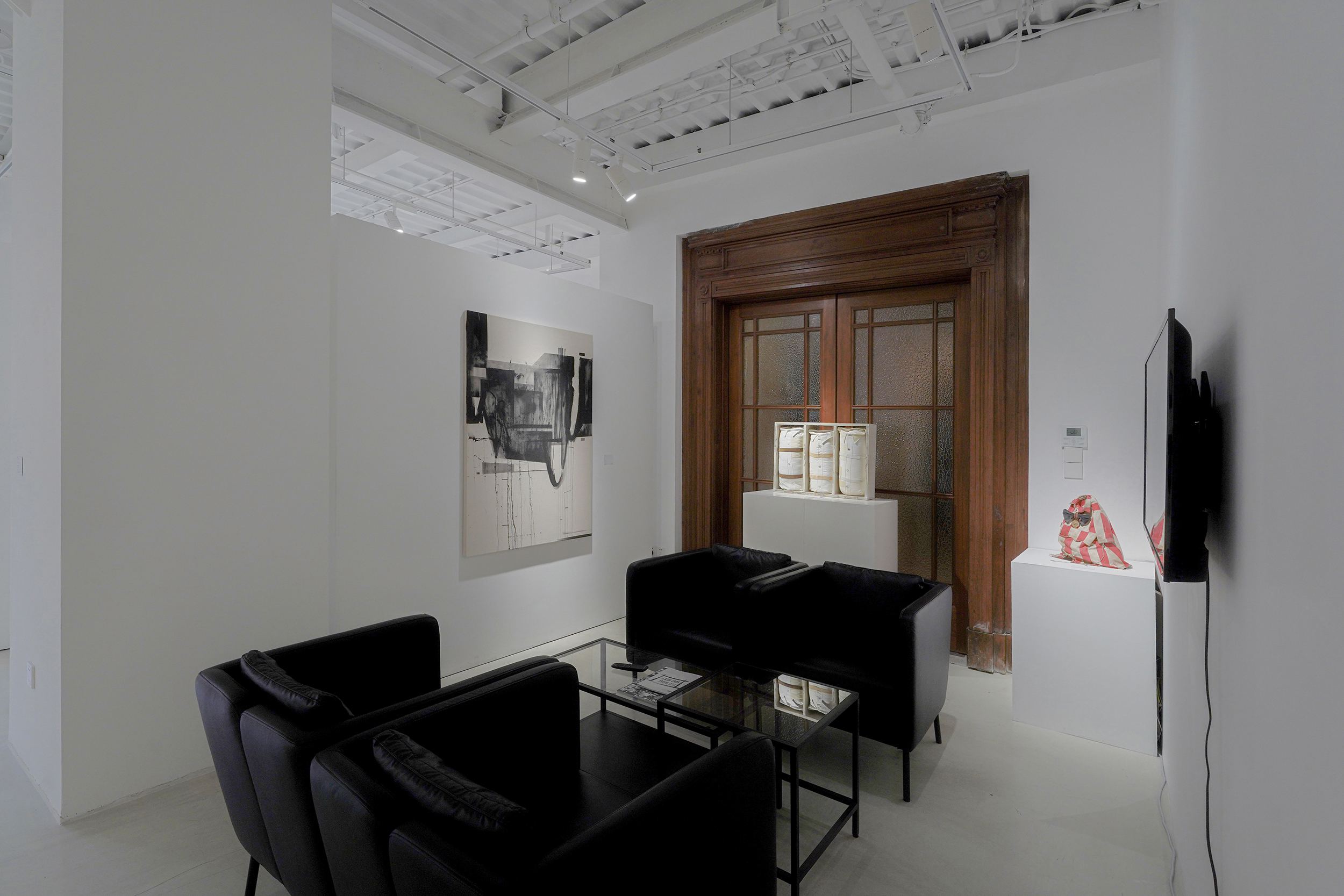
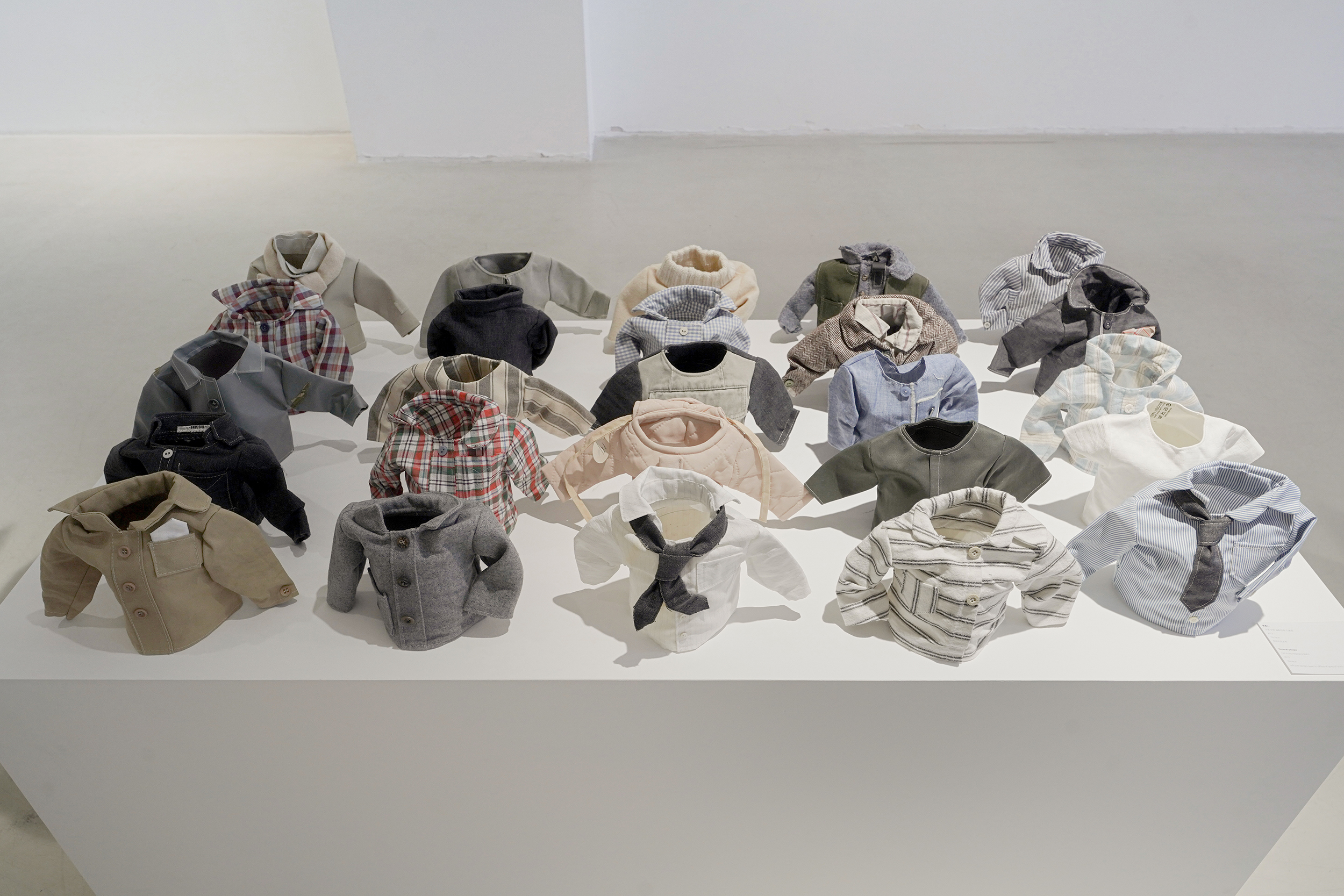







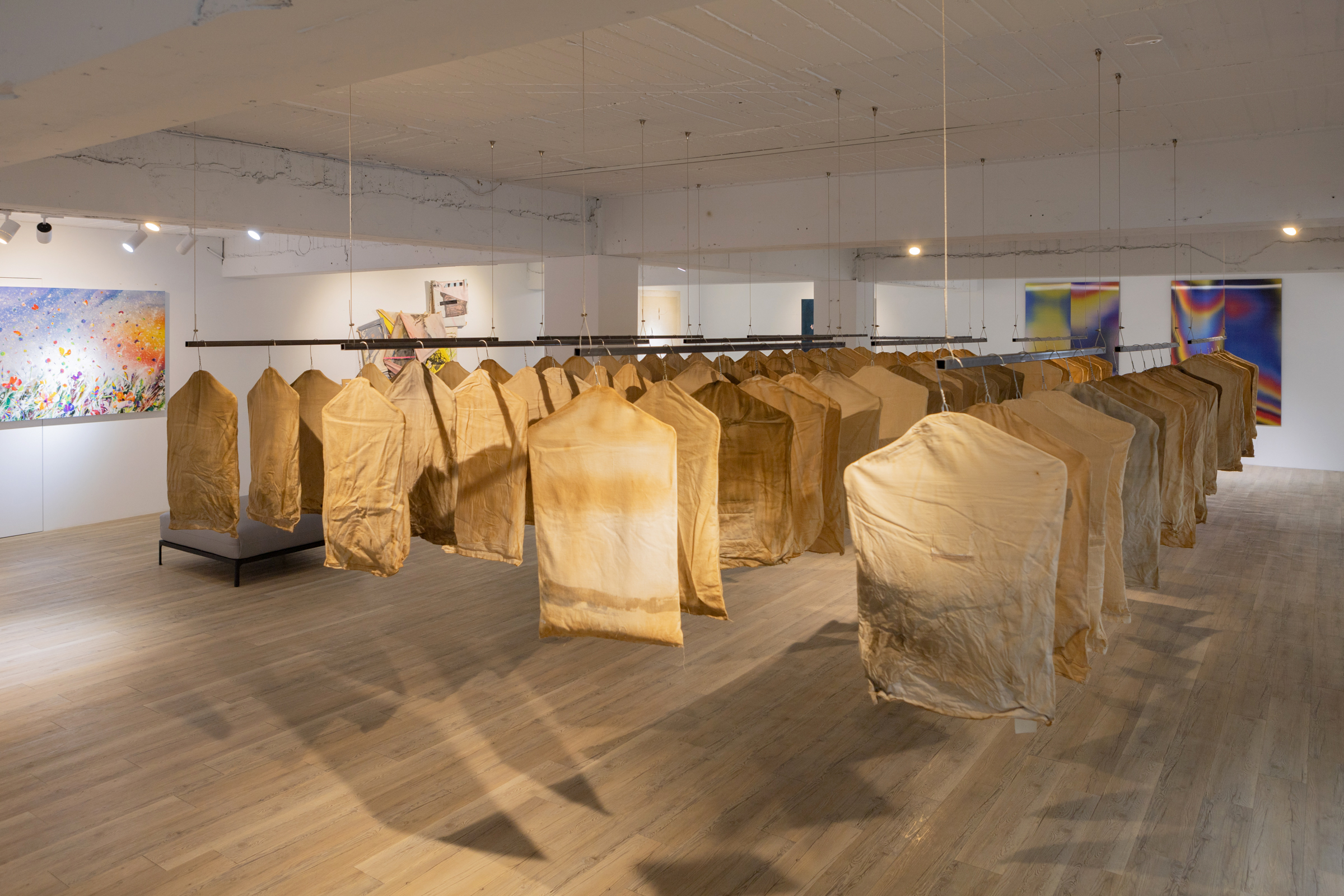
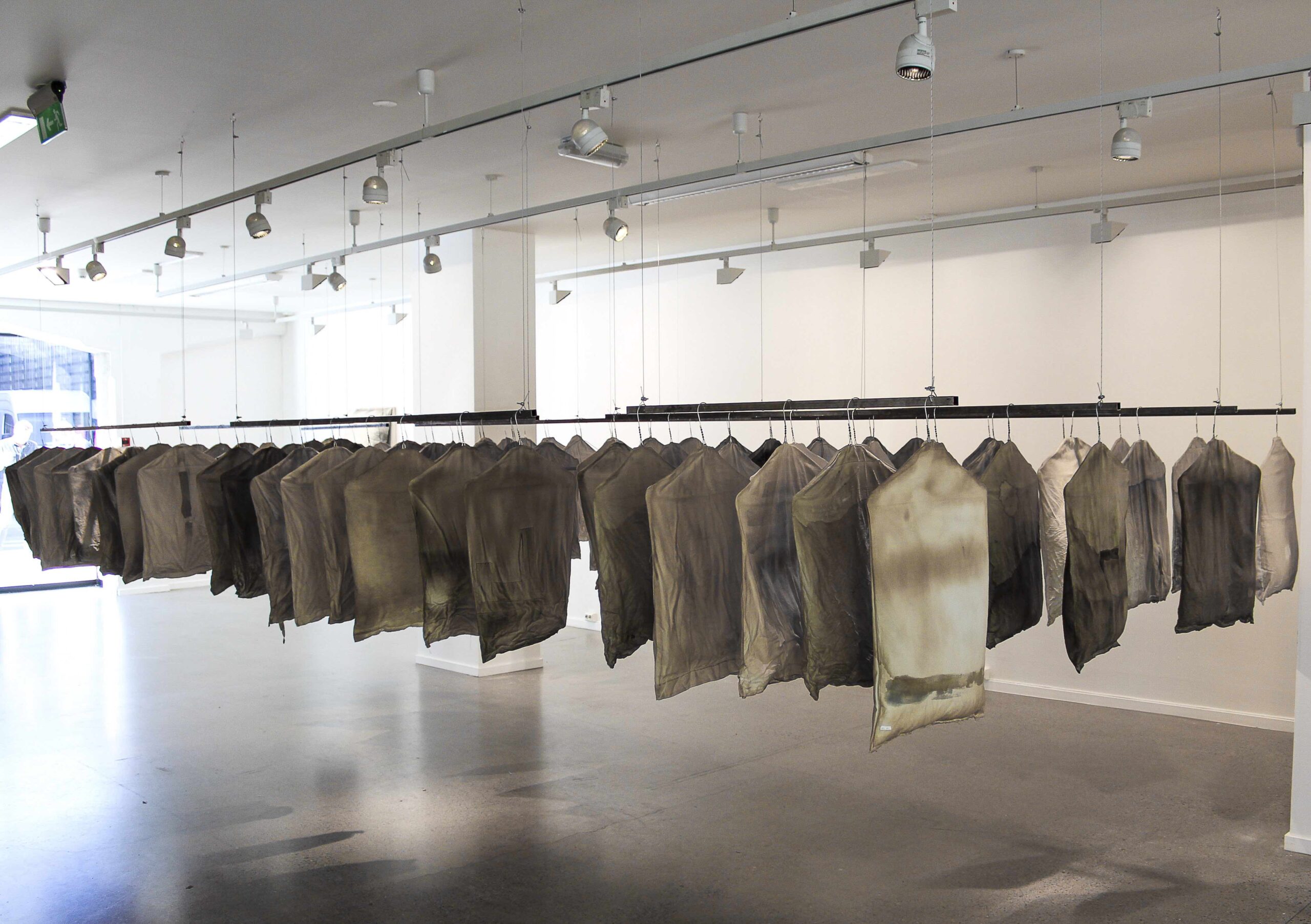
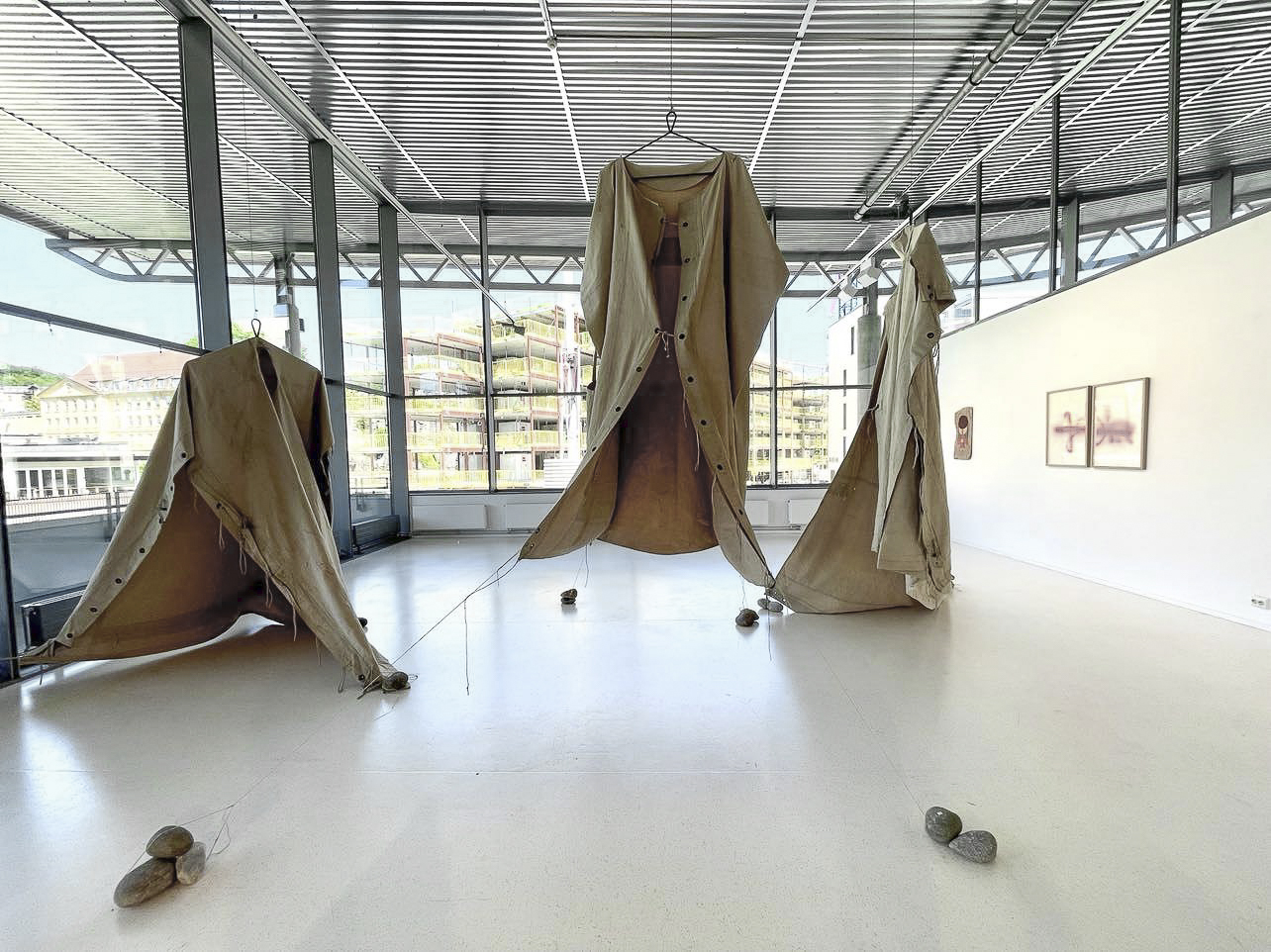
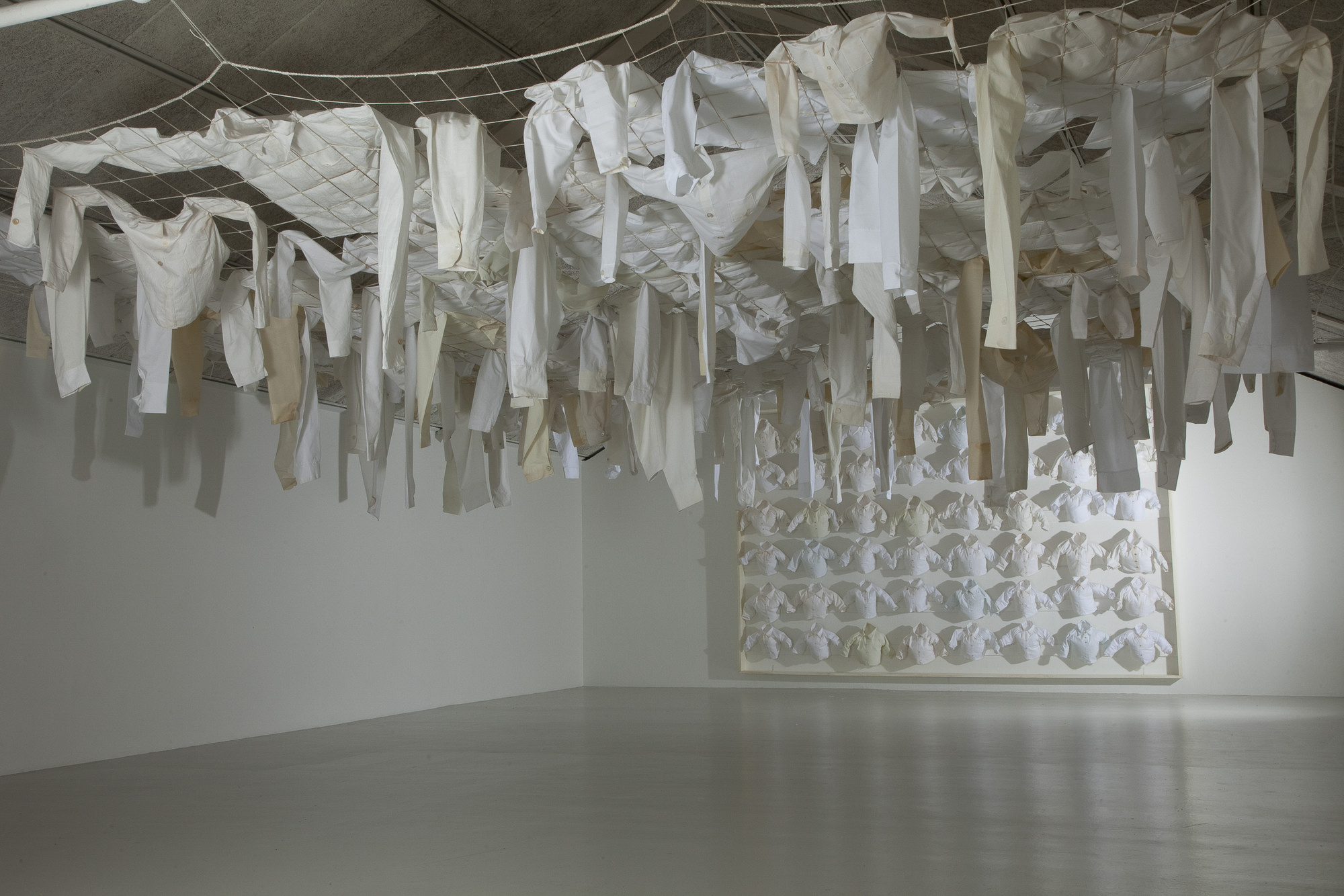

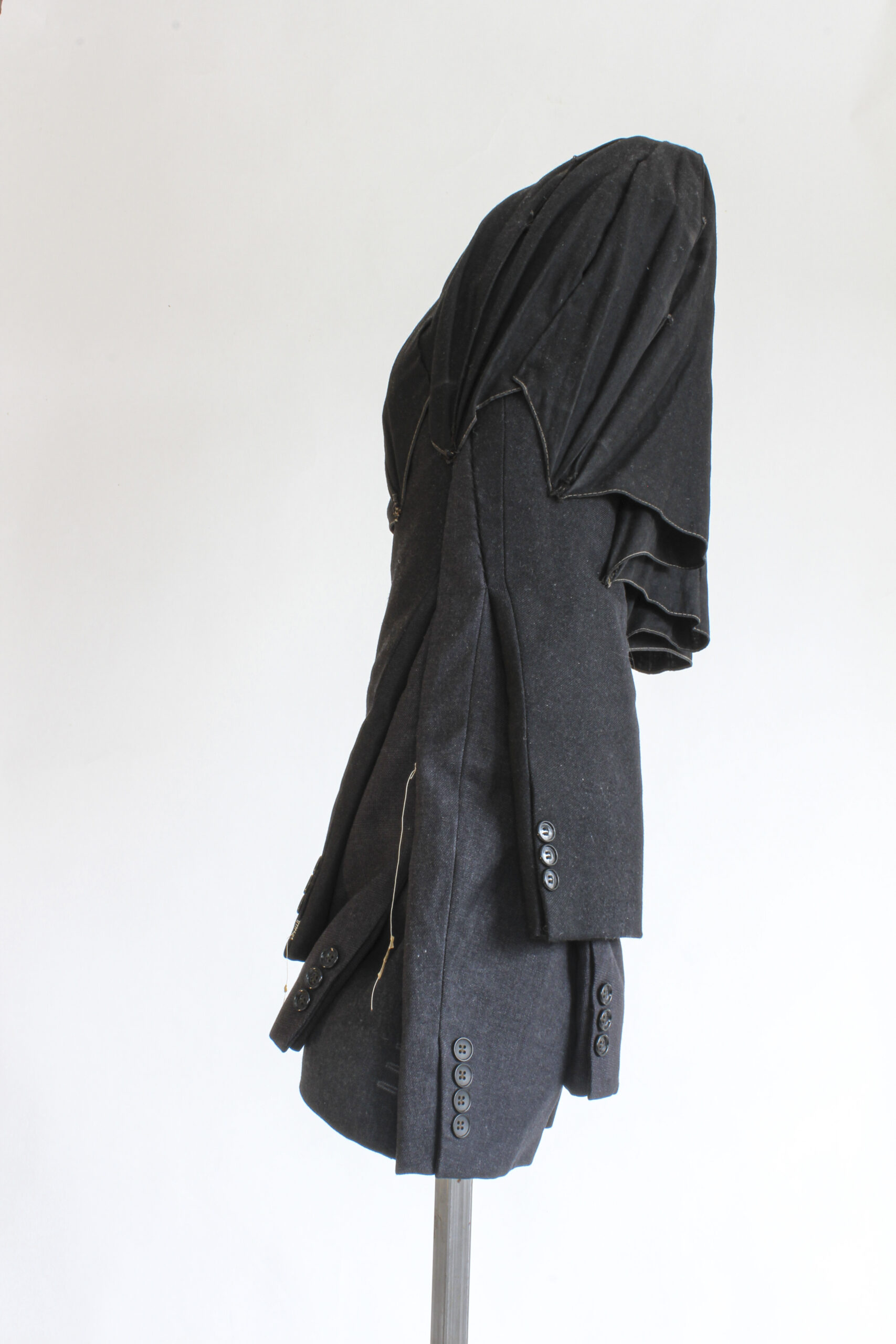
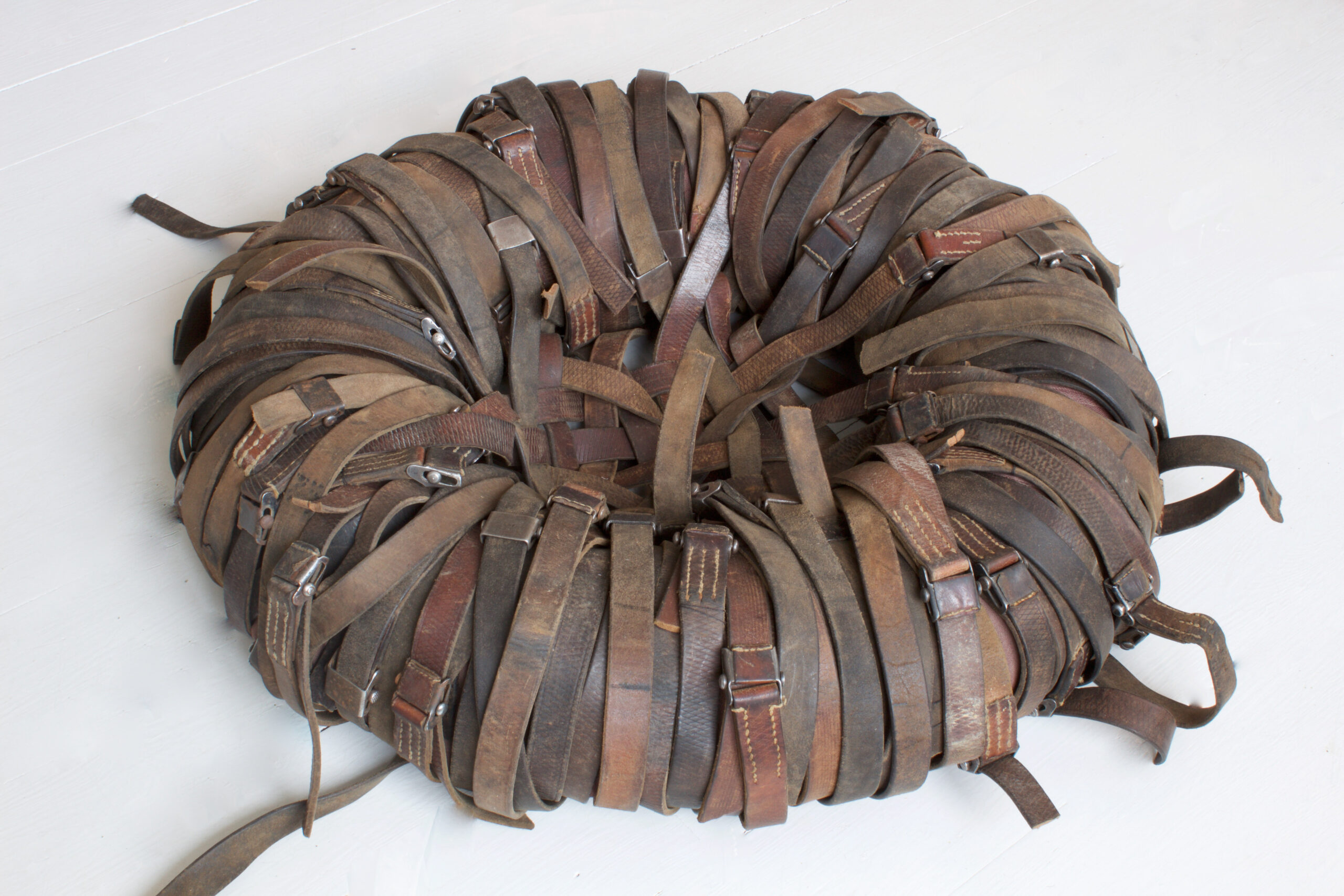

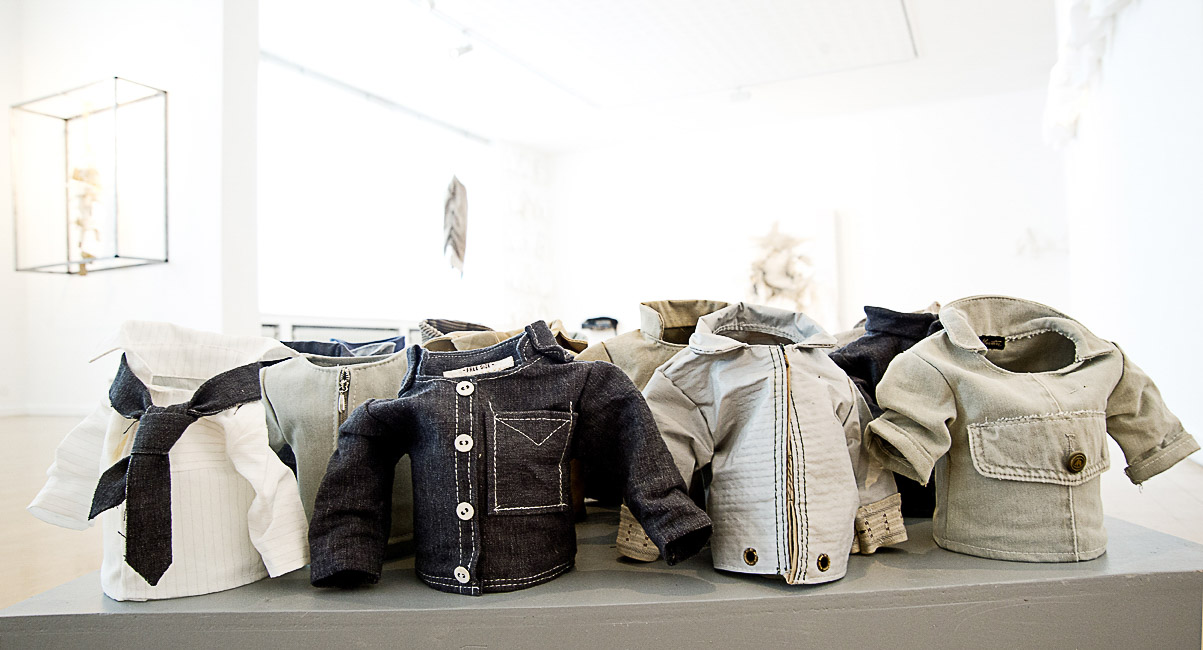

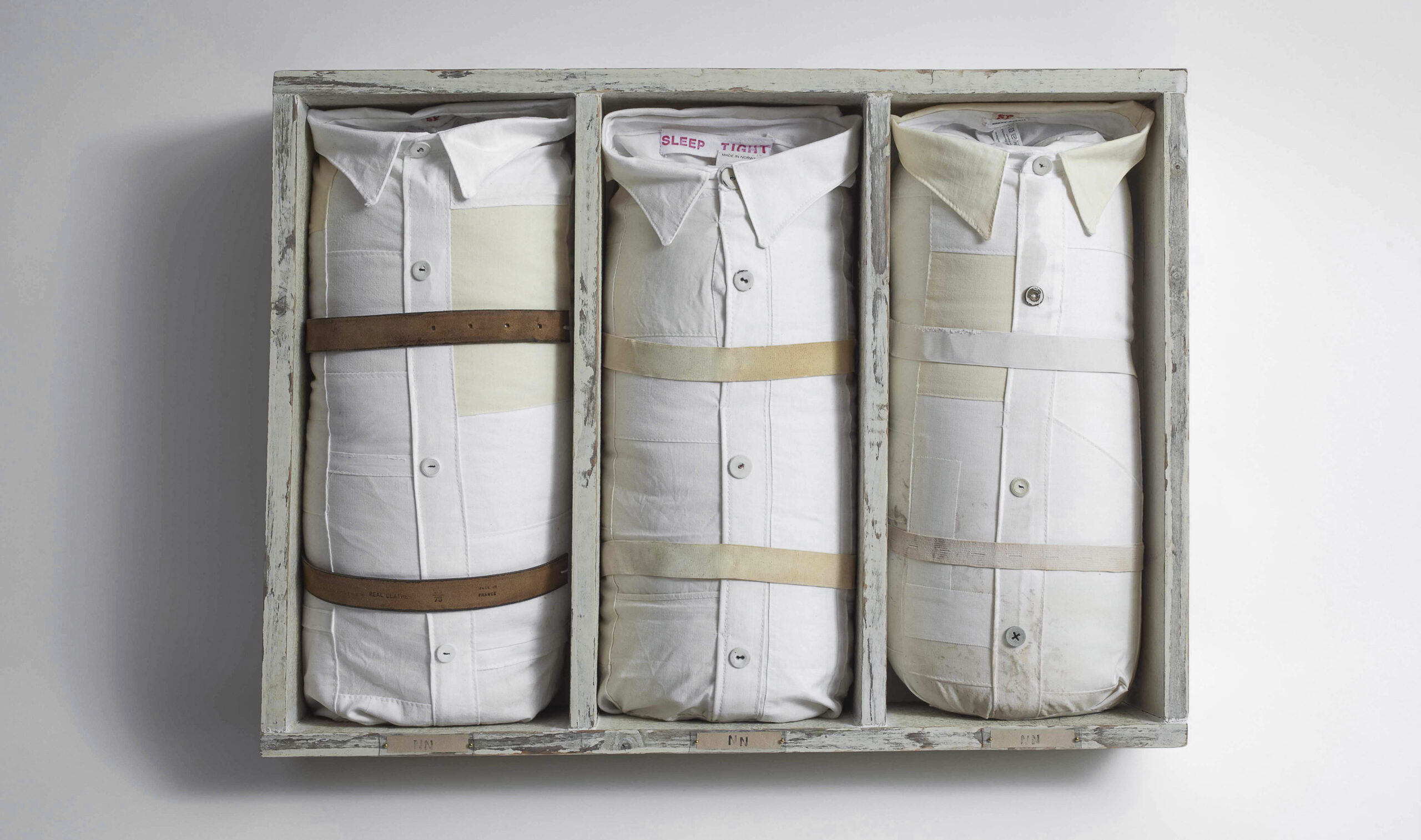
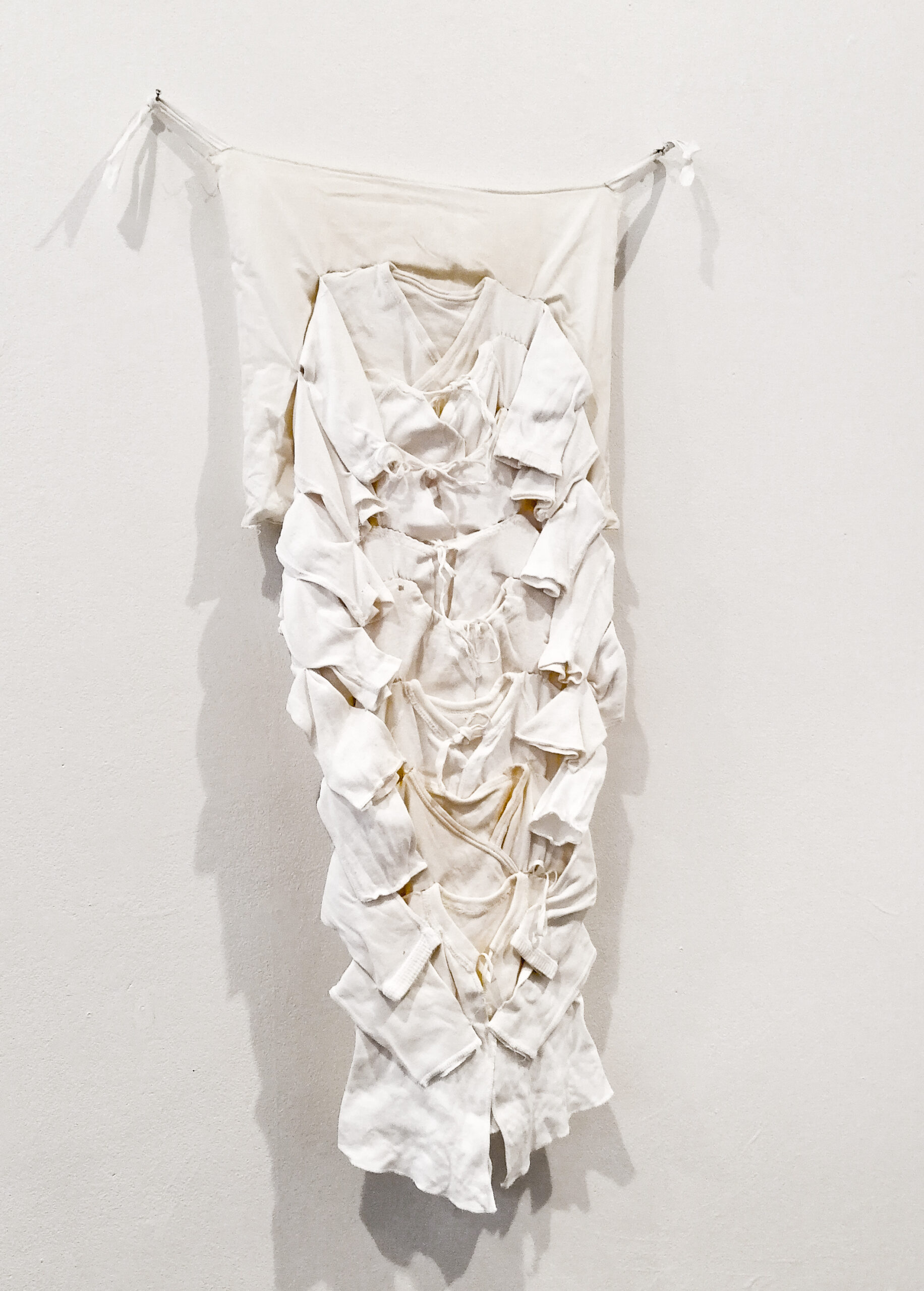

x130cm12《cocoonlike》textile-objects-on-hangers-made-from-Patches-rags-zippers-etc.-scaled.jpg)
